85 Years of Škoda Superb
Since the beginnings of the company’s history, when the brand was still known as ‘Laurin & Klement’, Škoda has had luxurious automobiles to offer. As early as 1907, an eight-cylinder engine was produced in Mladá Boleslav for the first time in Central Europe, which installed in the type FF. This was later followed by inline six-cylinder engines based on the Knight design principle with gate valves instead of normal valves, and finally the prestigious Škoda 860 came along in 1929 with a newly developed inline eight-cylinder engine. On 22 October 1934, the Czech company presented the 640 with a central tube frame and independent suspension all around as the successor model. The saloon was 5.5 meters long, 1.7 meters wide and 1.66 meters tall. In addition to the pure number designation, Škoda also chose a real model name for the first time and baptized the 640 ‘Superb’. Next to the English meaning of the word (great, extraordinary, outstanding), the Latin word stem ‘superbus’ was also used to advertise the car, as it means ‘proud’. All in all a very fitting name for a luxury car.
Despite its premiere in October 1934, it took until January 1935 before the first car was delivered. It was painted red at the request of Pavla Loevenstein, the wife of the then Škoda Group General Director, JUDr. Karel Loevenstein. Regular customers received their 640 Superb from March 1935 and soon had to put up with longer waiting times due to its great popularity. From today’s point of view it may be amusing, but at that time there were four weeks of wait for the closed limousine and even eight weeks for the Superb Cabriolet, which was considered as a long time with some customers. If someone chose certain optional extras such as rosewood shelves behind the front seats, the production time could be further extended. Škoda also offered a car radio with tubes at that time. The car was powered by a 2.5-liter straight six-cylinder engine with 40.5 kW/55 hp.
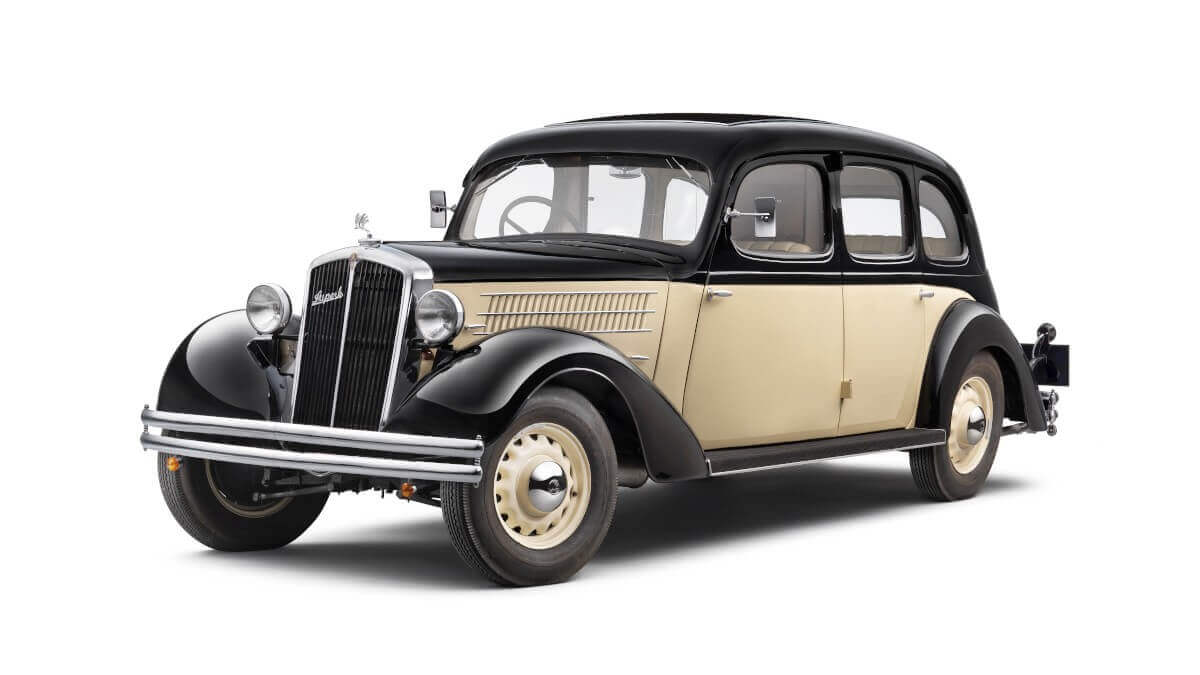















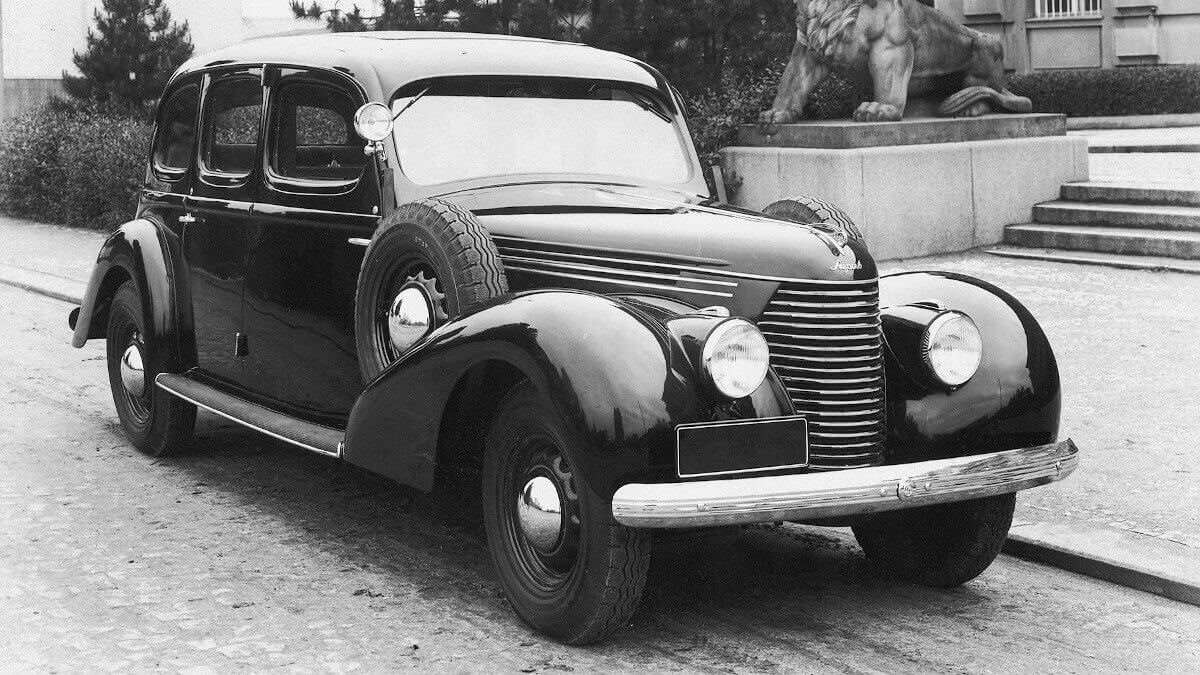











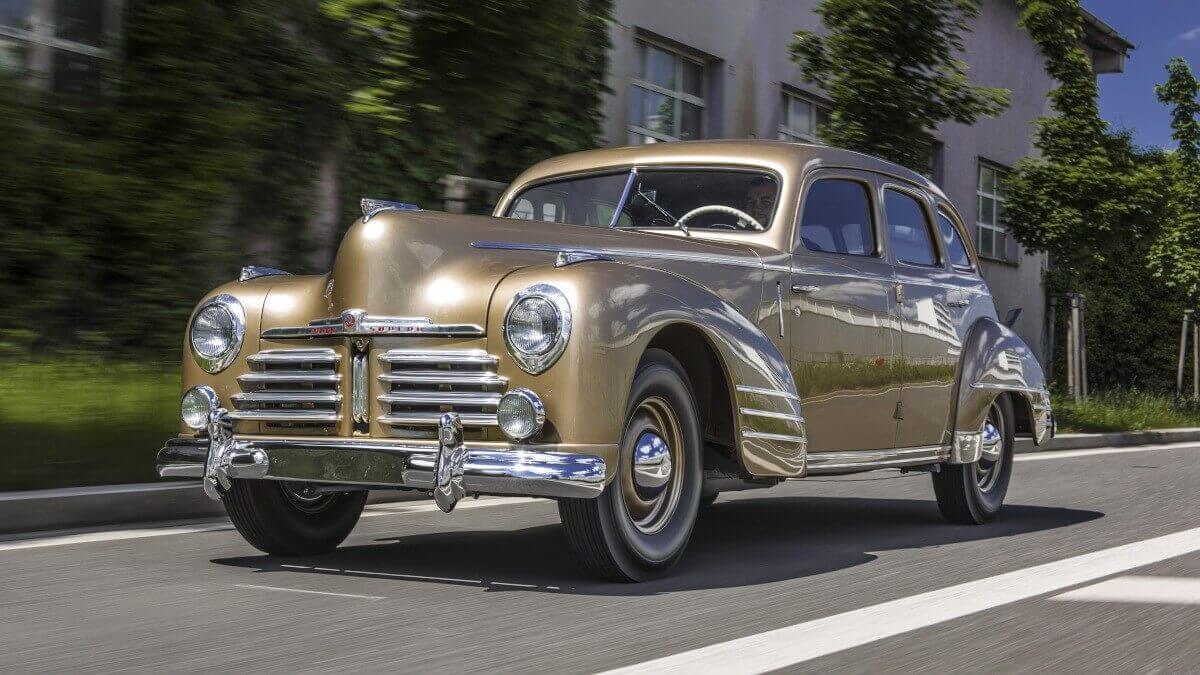



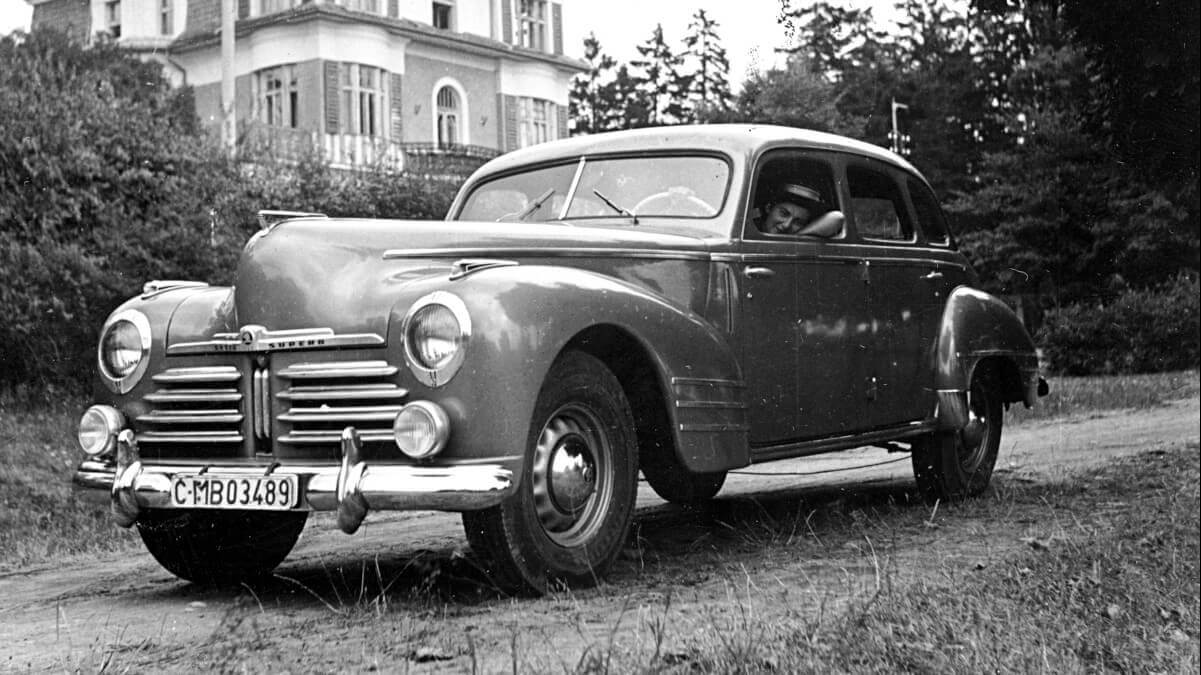



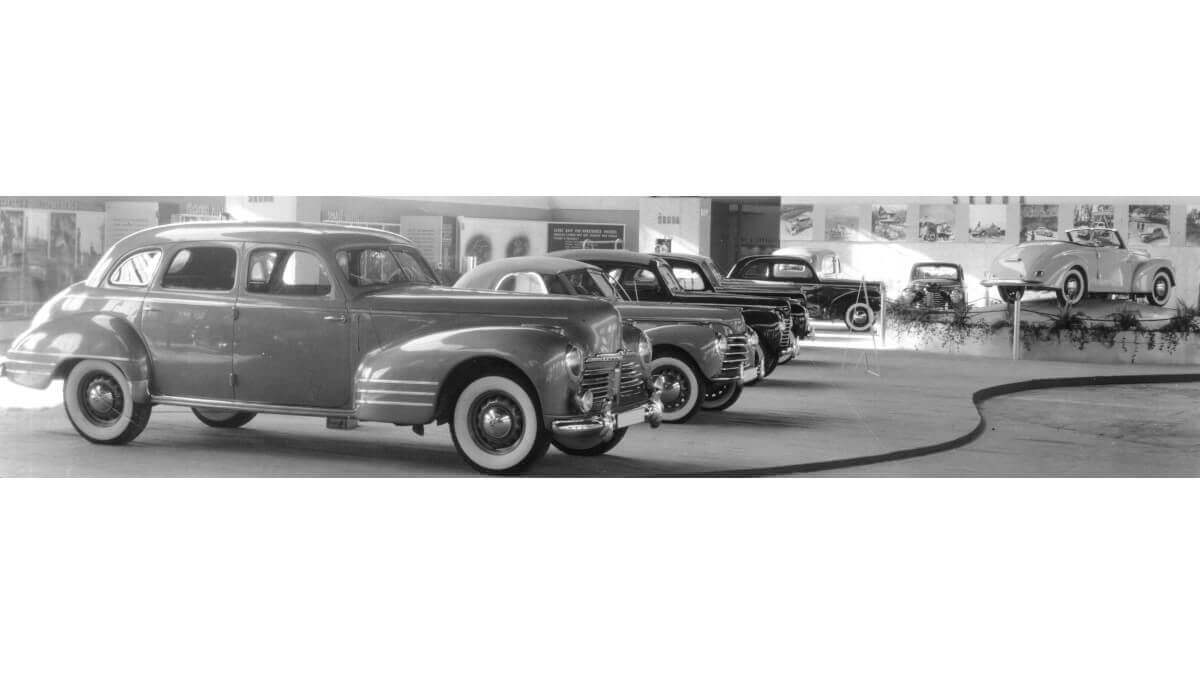



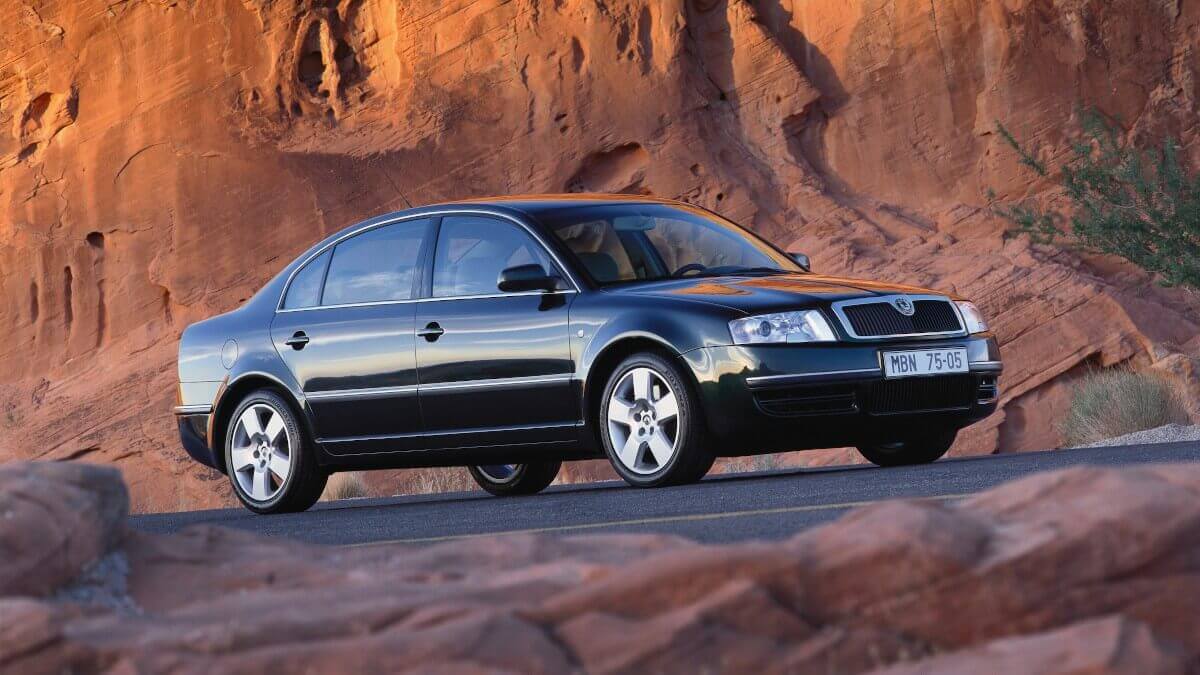







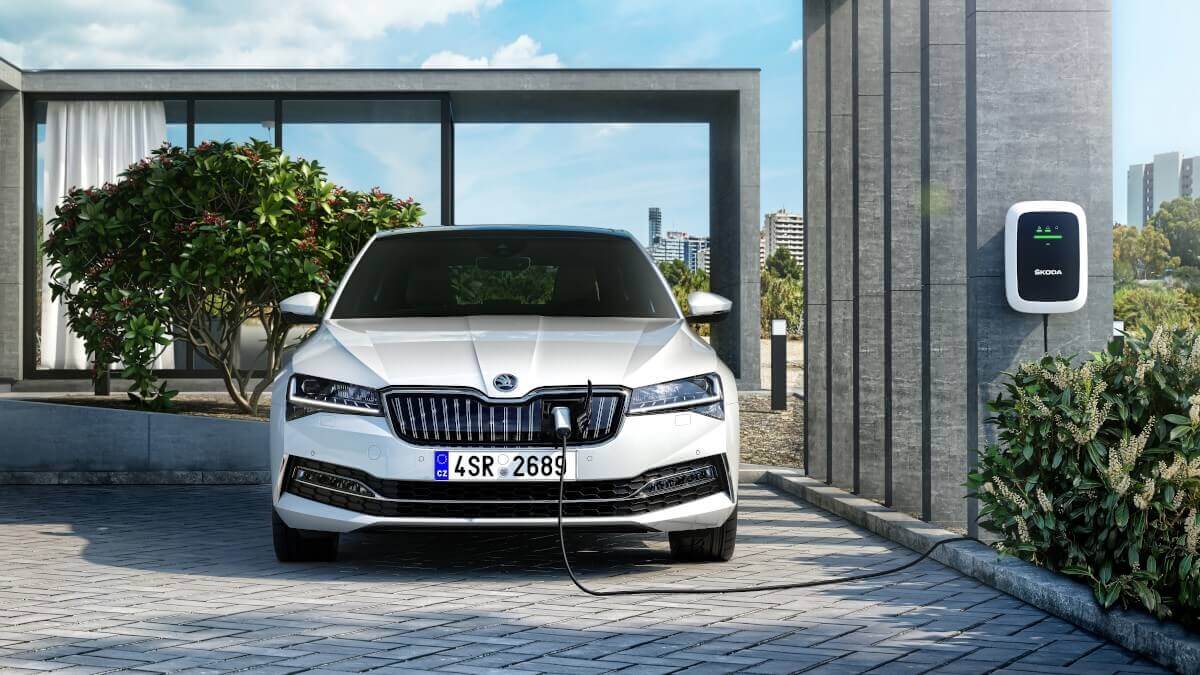



Further developments and modifications to the equipment list of the Superb took place almost annually. After around 600 units with lateral valve control had been built, the Škoda Superb OHV appeared with an overhead camshaft, an increased displacement of 3.1 liters and a power increase to 59 kW/80 hp. In 1940, car production had to be suspended due to World War 2. Shortly before that, only a few copies of the Superb 4000 with a four-liter V8 engine were produced. During the war years, the models Š 952 and Š 956, which were based on the Superb, were built for military purposes. After the war, production of the Superb OHV resumed in a slightly modified form. About 1,000 units were produced in three years until 1949. One of those from modelyear 1948 has been restored recently and is now part of the fleet of the Škoda Museum in Mladá Boleslav (we reported).
It wasn’t until 2001, under the new management of the Volkswagen Group, that Škoda began to reflect on both the tradition of large sedans and the name Superb. Based on the Chinese VW Passat with long wheelbase, a new saloon made its debut that can be classified between mid-range and upper mid-range cars. A decent equipment and a good price-performance ratio quickly ensured good sales figures. After 136,068 units, in 2008 the company switched to the next model generation, in which the saloon was fitted with a large tailgate and for the first time also a station wagon version called Combi was added to the range. When the switch to the third modern Superb generation took place in 2015, 622,490 second-generation models clearly underpinned the worldwide success of the Superb. Based on the current model, a Scout version has recently been launched for the first time alongside the saloon and station wagon. A plug-in hybrid version will soon be available as well.
Images: Škoda




